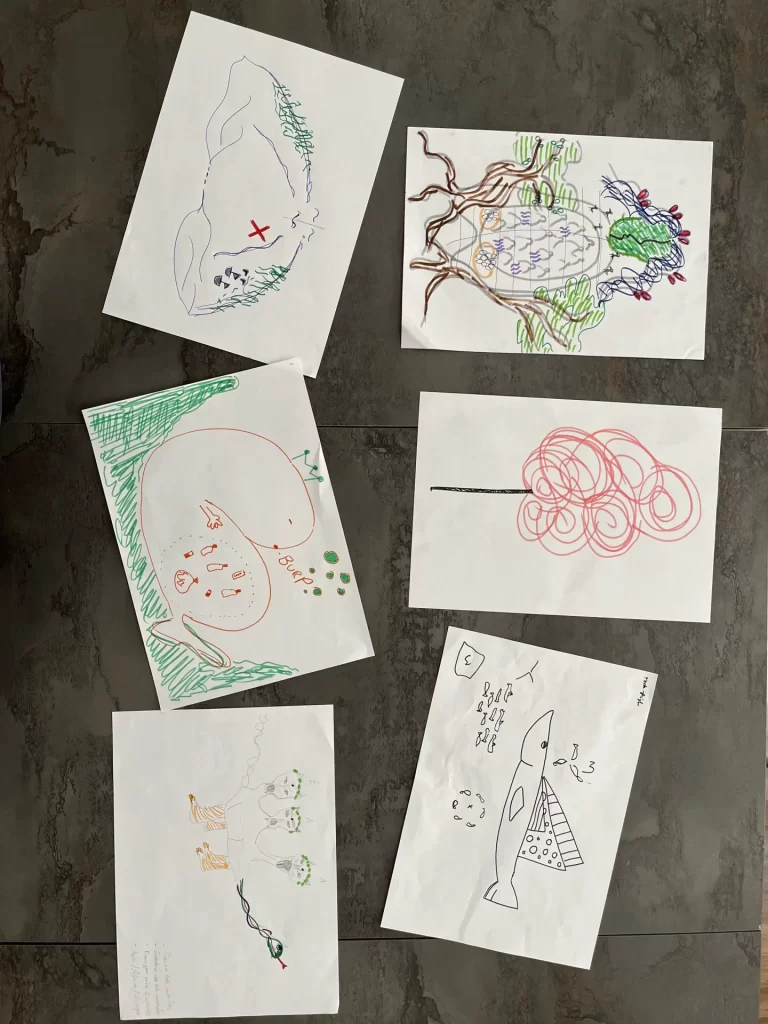What you find in this news
Who is the Post Human Architect
There is something that should connect anyone working to regenerate places, whether they are cities or inland areas. The embrace of a regeneration model that pushes that place toward an enriching, sustainable and inclusive future:
- Enriching, inspired by art and culture, responding to needs beyond functionality.
- Sustainable, in harmony with nature, the environment, and our planet.
- Inclusive, encouraging a dialogue across cultures, disciplines, genders and ages.
Whether the architect, designer, volunteer, cultural worker, planner, technician, artist, or humanist, regeneration processes that satisfy the aforementioned three principles can be activated if we work and study the land to regenerate from an ecosystemic perspective. This means overcoming the anthropocentric, human-centered approach in favor of an ecosystemic approach, in which humans and nature, technology and culture, coexist in harmony and cooperate for the improvement of our living and social conditions.
The Post Human Architect is not an architect in the strict sense, but a person who is capable of interpreting spaces from an ecosystem perspective and envisioning new approaches, uses, and sustainable opportunities for those who inhabit those spaces or might inhabit them.
Post human Architect project’s results
POST HUMAN ARCHITECT is a strategic partnership for vocational education and training co-funded by the Erasmus+ program and started in January 2022. The goal of the project is to promote an approach to place regeneration and social innovation inspired by the principles of the New European Bauhaus: beautiful, sustainable and inclusive.
During the first year of the project, the partnership has collected some good practices that apply these principles. One of these is Borgata Paraloup, a “wolf refuge” in Occitania, an alpine village in northern Italy. After a long period of depopulation, the Nuto Revelli Foundation decided to acquire it in 2006 and it is now an open-air laboratory for a sustainable return to life, culture and work in the mountains.
Another case study comes from Slovenia: Murska Sobota is a degraded area and local organizations had long wanted to regenerate the space into a place for meeting and recreation. The opportunity to install an exhibition pavilion (EXPANO) of Expo 2015 in Milan came up, and the municipality of Murska Sobota decided to accept this challenge in terms of rehabilitating the degraded area. It is now a modern and attractive place that centralizes all the services of the Pomurje region.
Based on the analysis of these and other best practices, combined with the results of national focus groups held with various cultural workers involved in urban regeneration projects, the partners produced the Post Human Architect competence framework, a tool that encompasses skills and knowledge useful to those working in the field of project management in decentralized areas.
From May 30 to June 1, 2023, Aalborg University hosted a training event to test two board games developed by Futuregames, a game development center of Changemaker Educations, Sweden, a partner in the Post Human Architect project. The two games tested allow students to experience and improve the skills needed by the post-human architect. With feedback from the working group-researchers and practitioners in techno-anthropology, architecture, cultural and creative sector, urban regeneration-from Italy, Slovenia, Sweden, and Denmark, the Futuregames development team adapted the games based on feedback received from the participants.
How to become a Post Human Architect
And in late June, Sineglossa gathered the results of the Aalborg training activity by publishing the Post Human Architect toolkit. An open-access tool, available for download in a practical pdf format, with activities, exercises and tips for doing culturally-based regeneration with an ecosystem approach.



